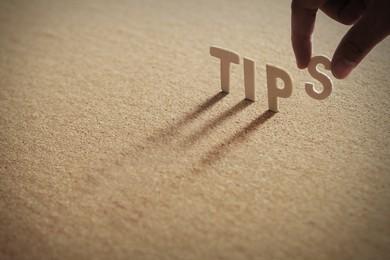
This article provides tips for emergency preparedness, including assembling an emergency supplies kit and creating an emergency plan.
emergency supplies
In an emergency, you may need to evacuate your home or office quickly. Be prepared by having an emergency supplies kit in an easily accessible location. Stock your kit with the items listed in the Emergency Supplies List below. Keep items in airtight, waterproof containers. Store your kit in a cool, dry place and replace expired items as needed. Emergency Supplies List Water-at least a 3-day supply; one gallon per person, per day Food-at least a 3-day supply of non-perishable food Manual can opener Battery-operated or hand-crank radio (NOAA Weather Radio, if possible) Flashlight Extra batteries First Aid kit Medications (7-day supply) and medical items Multi-purpose tool Sanitation and personal hygiene items Cell phone with chargers Family and emergency contact information Extra cash Emergency blanket Map(s) of the area
emergency preparedness kits
When an emergency or disaster strikes, having a well-stocked emergency preparedness kit on hand can mean the difference between weathering the storm safely or putting yourself and your family at risk. But what exactly should you include in your emergency kit? At a minimum, your kit should have enough food, water and supplies to last for 72 hours. But ideally, you should aim for a week's worth of supplies. And don't forget to account for any special needs your family members might have, such as baby formula, diapers or prescription medications. Here are some other essential items to include in your emergency kit: • First-aid kit • Flashlight and batteries • Battery-powered or hand-crank radio • Multi-purpose tool • map • Copies of important documents (e.g. driver's license, birth certificate, insurance policy) • Cash • Emergency contact list • Extra keys Once you have your emergency kit assembled, be sure to keep it up to date and in a easily accessible location. And remember to practice using it so you and your family members know how to use everything in it. In the event of an emergency or disaster, having an emergency preparedness kit on hand could save your life. So put together your kit today and be prepared for whatever Mother Nature throws your way.
emergency plan
When it comes to emergency preparedness, advance planning is key to keeping your family safe. By taking the time to create an emergency plan and familiarize yourself with local emergency procedures, you can ensure that everyone in your household knows what to do in the event of an emergency. Here are some tips for creating an emergency plan: 1. Choose an out-of-state contact. In the event of an emergency, it may be difficult to get in touch with family members who live close by. By choosing an out-of-state contact, you can ensure that someone is available to coordinate communication and help with evacuation and other logistics. 2. Make a list of local emergency contacts. In addition to an out-of-state contact, make a list of local emergency contacts including the police, fire department, and local hospitals. 3. Familiarize yourself with local emergency procedures. every community has different procedures for evacuating in the event of an emergency. familiarize yourself with the procedures for your community and make sure all members of your household are aware of them as well. 4. Identify safe places to go. In the event of an emergency, you may need to evacuate your home. identify safe places to go in advance, such as a friend or family member's home, a local shelter, or a safe space outside of the affected area. 5. practice your plan. Once you have created your emergency plan, practice it with your household to ensure that everyone knows what to do. By taking the time to create an emergency plan, you can ensure that your family is prepared for anything.